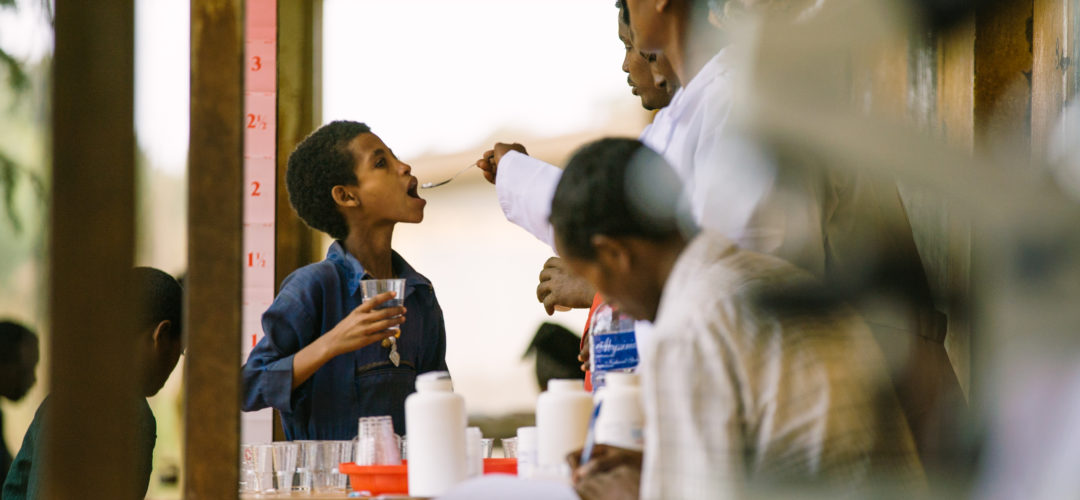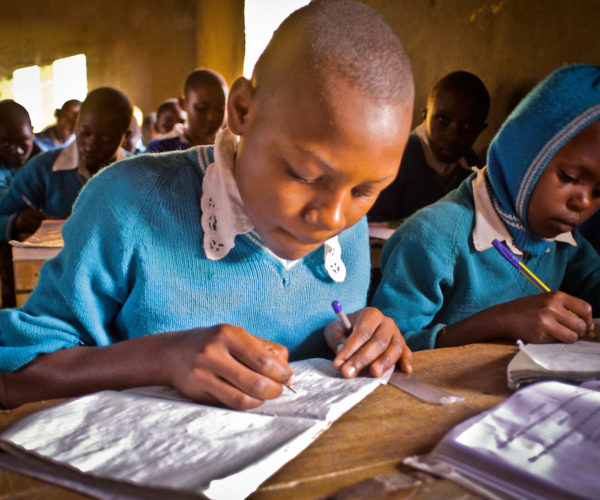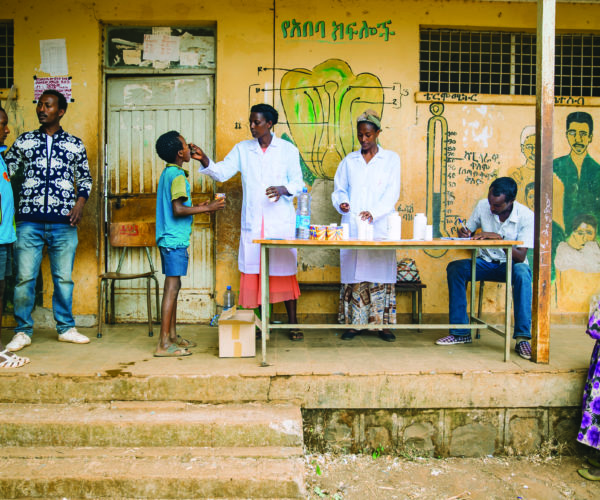The END Fund
October 12, 2018
Through a collaboration between philanthropy, business, and stakeholders in government, medicine, schools, and local communities, the END Fund has shown the world that controlling and eliminating neglected tropical diseases (NTDs) is possible with a deeply systems-oriented approach.
In 2006, Alan McCormick, partner at Dubai-based private investment firm Legatum, was reading a Financial Times article that framed funding to NTDs as an investment opportunity that had the potential to catalyze major change on a large scale. This article, coupled with a visit to Alan Fenwick, professor of tropical parasitology at Imperial College of London, laid the foundation for what would be successful country-wide integrated NTD control programs in Burundi and Rwanda, spearheaded by philanthropist, government donors and pharmaceutical companies. Risk was embraced – the philanthropists quickly mobilized the entirety of the program’s initial $7.7 million funding.
Building on the momentum from the pilot programs, the END Fund was created in 2012 by the principals at Legatum and their philanthropic advisors, Geneva Global. The organization was modeled after an investment fund and provides high-impact opportunities for public-private partnership. Inspired by the innovative, rapid, and integrated approach to achieving impact, Bill Campbell of the Campbell Family Foundation quickly signed on as the organization’s board chair. Soon after, Ellen Agler of Operation Smile joined the END Fund team as the inaugural CEO and Legatum transitioned to the role of adviser, donor and active partner. Over the next four years the END Fund helped to catalyze $75 million in funding to deliver over 331 million treatments to 140 million people in 27 countries. Sometimes work was unusually agile – Legatum underwrote an urgent END Fund initiative in Mali following the 2012 military coup which effectively mobilized MDA to nearly 10 million people in the country”. More investment, and more African donors, followed.
The END Fund team routinely monitors and evaluates to assess impact and inform program design, decision-making, and donor updates. Improvements in disease mapping, wider engagement with stakeholders, and the proven successes of the END Fund’s integrated approach to combating NTDs is built on a strong portfolio of partners on the giving and receiving sides. And as a key target within Sustainable Development Goal (SDG) 3 on health, END’s grants of $20M this year to local partners across 27 countries toward controlling and eliminating NTDs has become a part of their national SDG planning as well, and is helping END expand partnerships with the government donor community.
A 2018 review of the END Fund notes that a systems thinking approach is required to better understand the complex issues around solving NTDs in order to identify levers for change and make recommendations for an individual funder collaborative or the broader NTD community. The review’s author Jeff Glenn notes that, “Systems change in complex social systems can only be achieved through collaboration that generates learning. The END Fund has both the status and flexibility required to push the rest of the community to deal with the challenging issues surfaced here in order to generate learning around more sustainable solutions for NTDs.” The long-term and flexible commitment of funders has been essential to END Fund’s continued success in uniting stakeholders in government, foundations, medicine, schools and local communities, and END’s team in turn has illustrated how donor collaboration can sustain impact.
Back to News


